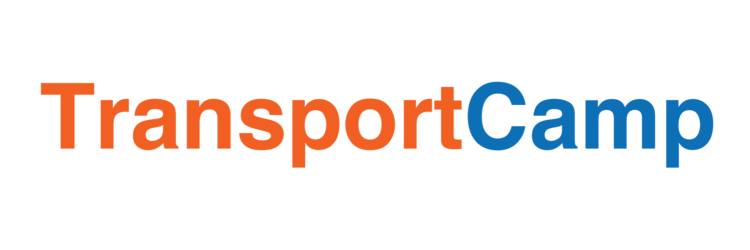Session: 5
Room: Supper Room
Session Title: How do real people travel around the city loop?
Format: Workshop
Presenter Name: Chris Loader (DoT)
Summary
Based on people's lives experience, they choose the best answer to each transfer scenario.
A workshop to understand how people recognise the station as a node and identify the gap between recommended transfer routes on Google maps or PTV and actual human preferences.
People tend to prioritise how they feel when they are at the station rather than to what extent the station is convenient to transfer. But generally, frequency of getting the line is the most important thing.
What if you cannot travel directly to your destination station? Would you transfer? Where? Why?

